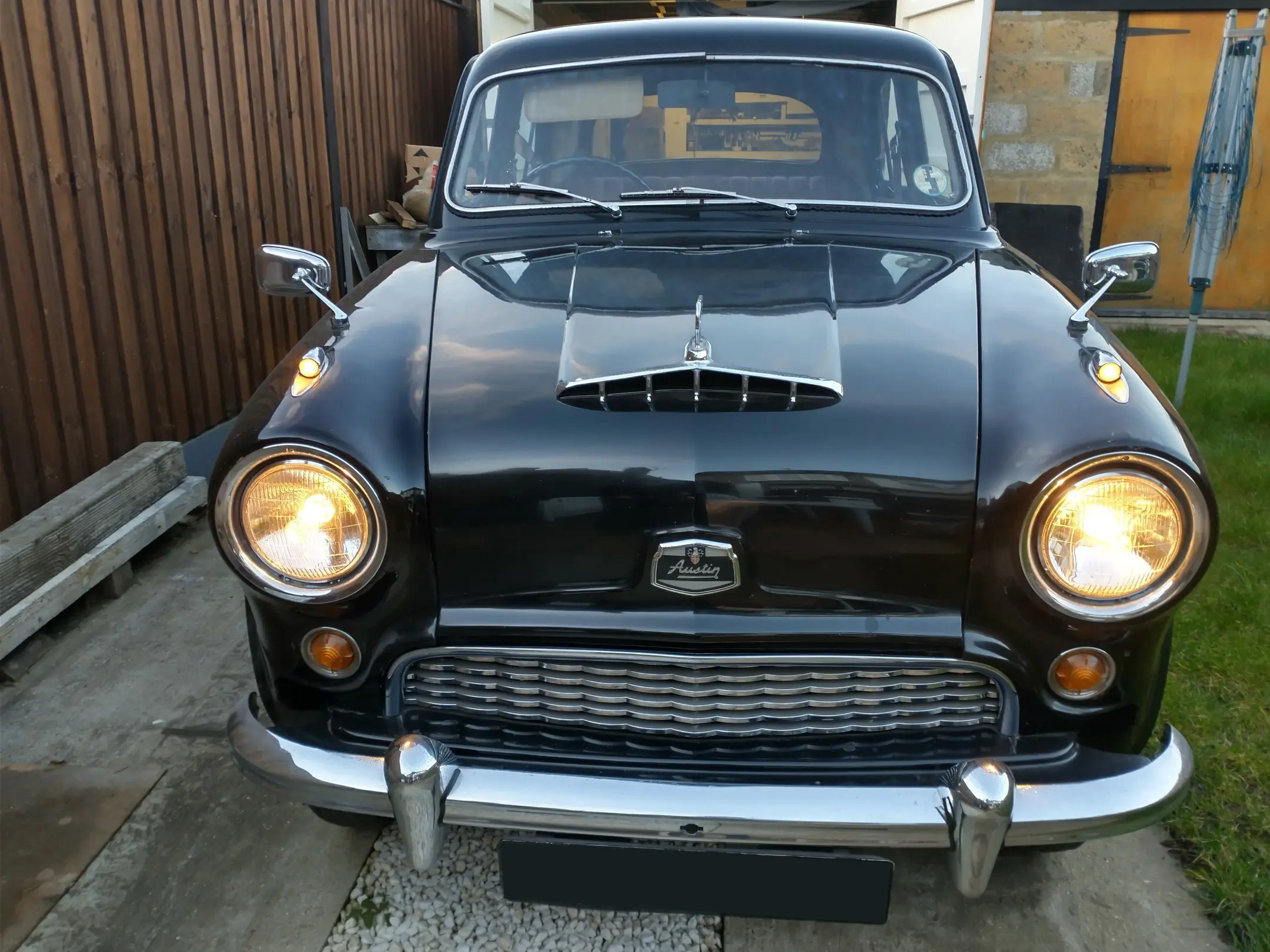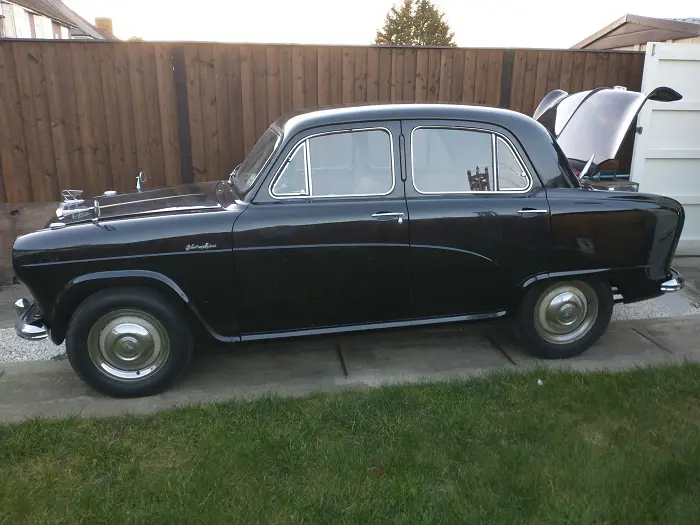THE AUSTIN A50 CAMBRIDGE AT 70
12 November 2024
The Austin A40/A50 Cambridge represented a genuine departure for the British Motor Corporation on their launch in late 1954. For one, they boasted unit-construction coachwork, which was smart but not so overly trans-Atlantic as to shock the neighbours. They were also the first cars powered by the BMC B-series engine in either 1.2-litre (A40) or 1.5-litre (A50) forms, married to a new four-speed steering column gear change.

Austin threw modesty to the winds when promoting Cambridge as “a car of unlimited scope and versatility” that “strides ahead in power, pace, comfort, looks”. It did have appealing contemporary lines, Autocar noting:
In appearance the Cambridge follows the modern trend with a full-width front, a downward sloping bonnet giving good visibility and a wide and shallow radiator grille set low down just above the bumper.
Your friendly local Austin dealer might also tell you about the new hypoid-bevel back axle unit and how Cambridge had improved lever-arm dampers compared with its A40 Somerset predecessor to give a better ride. The must-have version for those drivers who liked to think of themselves as belonging to the ‘smart set’ of their borough was the A50 De Luxe; overriders, twin horns, leather upholstery, carpeting, door-mounted armrests, a glove box lock, a heater and even a passenger sun visor all for just £720. In addition, the A50’s top speed of 74mph with 0-60mph in 28.8 seconds was acceptable for mid-1950s trunk road cruising.

The price of the A50 meant it was more expensive than the Ford Consul Mk. 1 at nearly £667, £681 for the Hillman Minx De Luxe, or £702 for the E-Series Vauxhall Wyvern, but cheaper than its in-house rival, the Morris Oxford Series II, which cost £744. This shared an engine with the Austin, albeit in SU form instead of a Zenith carburettor.
The most popular Cambridge body was a four-door saloon; Austin offered an A40 two-door, but they soon dropped it from the home market line-up. The early versions were fitted with semaphore trafficators and counterbalanced drop windows, but in early 1955, Austin replaced them with amber flashers fore and aft and conventional wind-down panes.

Austin facelifted the Cambridge in 1957 as the A55. By then they had sold a shade over 30,600 A40s compared with 114, 867 A50s. Perhaps the Cambridge's main impact on British motorists was how it conveyed a sense of post-war affluence. This A50 sold by the Tamplin family has single-tone paintwork - https://www.carandclassic.com/l/C1788296. However, Cambridge’s array of optional duotone finishes seemed a harbinger of the affluent society.
It was a changing world, with coffee bars, youths in Edwardian suits and food rationing finally ending a few months before its launch. Austin employed the Canadian racing driver Kay Petrie as a “colour consultant”. The motoring press commented on the striking black and white paint finishes of the Cambridges on display at the 1954 London Motor Show. The Cambridge was a car that modestly, but genuinely, reveled in style for its own sake, as demonstrated by that sloping fascia with its ‘orange segment’ speedometer.
And for an idea of the impact the Cambridge made on motorists in 1954, take a look at this newsreel of Earls Court of seventy years ago:
With thanks to Dan Tamplin for his time and for the permission to use the images in this blog.
